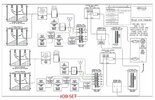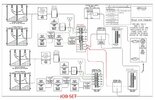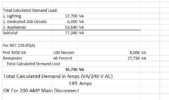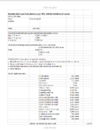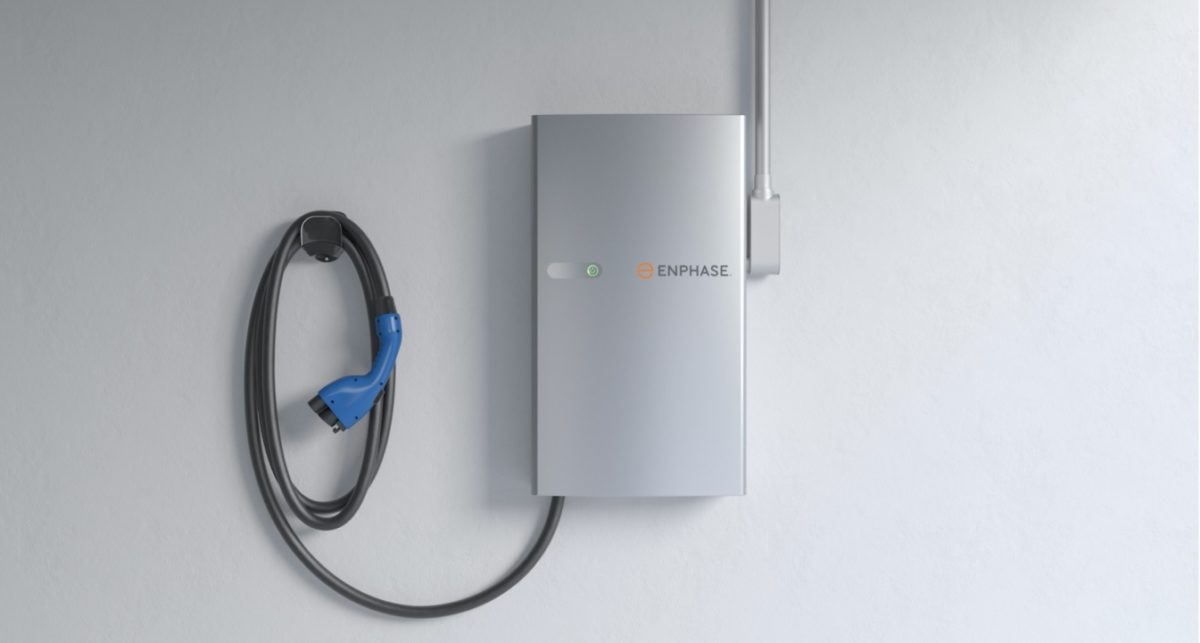My current setup has a 400A service, with two 200A breakers. I had this wired into various GW and ATS stuff to feed the two 200A subpanels I have.
The downside to this is the batteries are split, and the generator will not automatically come on if I lose one bank of batteries to one subpanel. At the time,
the installer did not provide any other idea but working with others, it looks technically like I could change all my house and garage into a single GW.
So attached is a load calculation that has been done. Does this look right to folks? Two pictures
I have also attached my drawings. The one is what I have now with 2 GW's. The second is the proposed wiring change. One question is can I use a 400A subpanel, or do I need to go to a 600A subpanel?
The downside to this is the batteries are split, and the generator will not automatically come on if I lose one bank of batteries to one subpanel. At the time,
the installer did not provide any other idea but working with others, it looks technically like I could change all my house and garage into a single GW.
So attached is a load calculation that has been done. Does this look right to folks? Two pictures
I have also attached my drawings. The one is what I have now with 2 GW's. The second is the proposed wiring change. One question is can I use a 400A subpanel, or do I need to go to a 600A subpanel?



